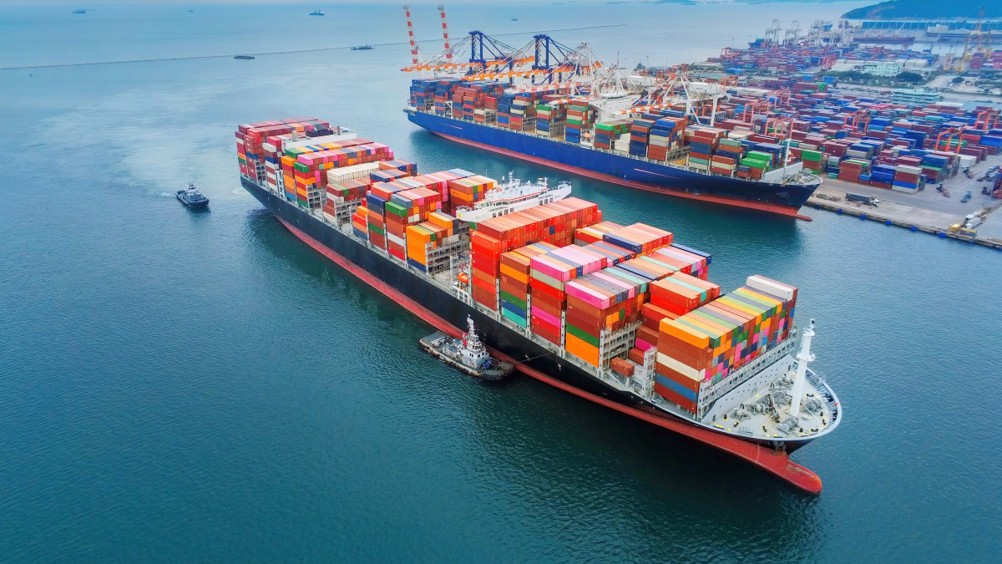Port queue system helps slash maritime emissions
A digital queueing system for California ports has removed the incentive for ships to maximise speed, leading to emissions reductions of 16-24 per cent.

Developed by scientists at the University of California Santa Barbara (UCSB), the system was initially developed to ease congestion at the Golden State’s twin ports of Los Angeles and Long Beach, where ships were traditionally unloaded in order of arrival. During COVID, onshore delays meant that up to 100 container ships could be left idling outside the ports at any one time.
To relieve this congestion, UCSB worked with port stakeholders to rapidly design and roll out the digital queueing system, assigning specific time slots to ships based on the time they set sail.
“Instead of using the old approach, container ships get a spot in line based on when they left their previous port,” said Rachel Rhodes, a project scientist at the Benioff Ocean Science Laboratory (BOSL) at UCSB, and lead author of a paper that appears in Marine Pollution Bulletin.
Register now to continue reading
Thanks for visiting The Engineer. You’ve now reached your monthly limit of news stories. Register for free to unlock unlimited access to all of our news coverage, as well as premium content including opinion, in-depth features and special reports.
Benefits of registering
-
In-depth insights and coverage of key emerging trends
-
Unrestricted access to special reports throughout the year
-
Daily technology news delivered straight to your inbox










INWED Engineering Profile: Naval Architect Ellie Driver
Not a woman I´d want to cross … oh, that was Elle Driver